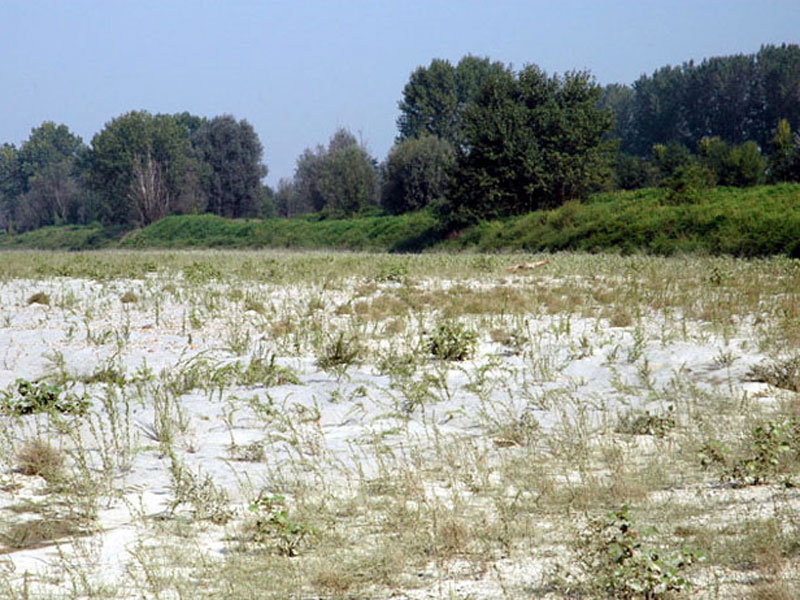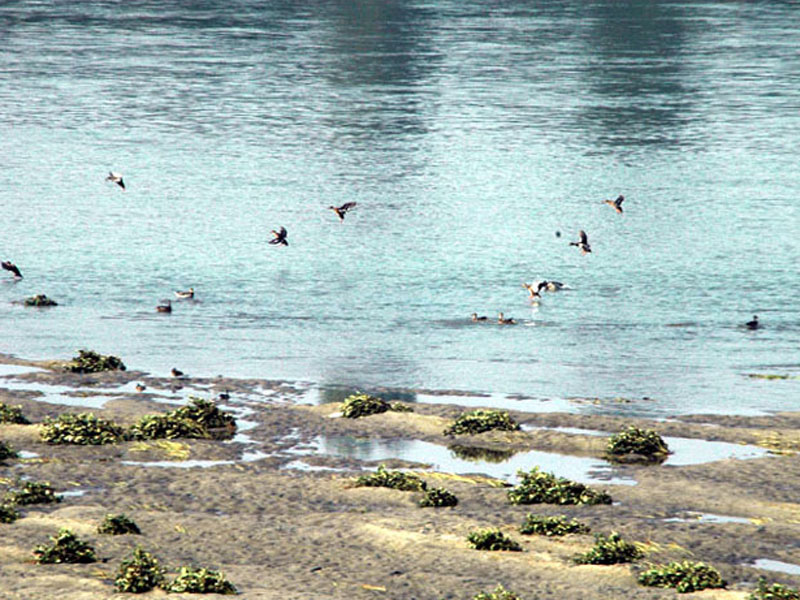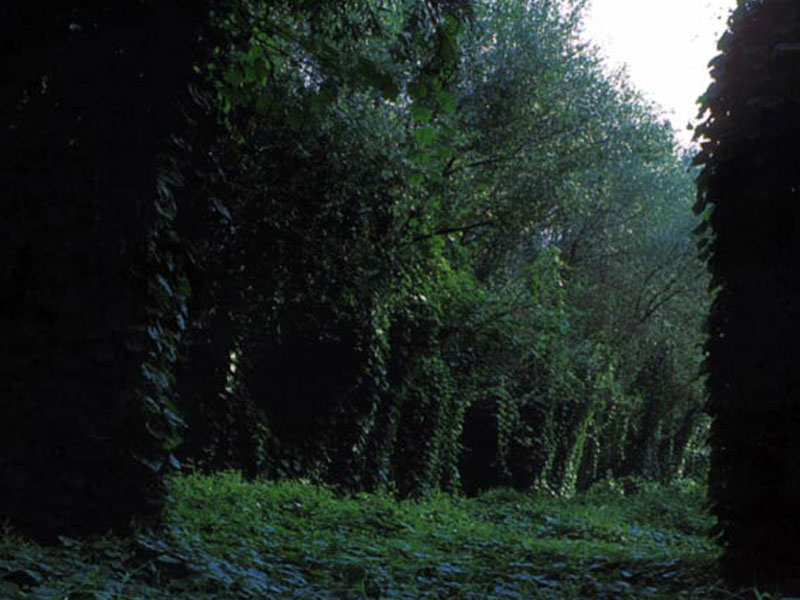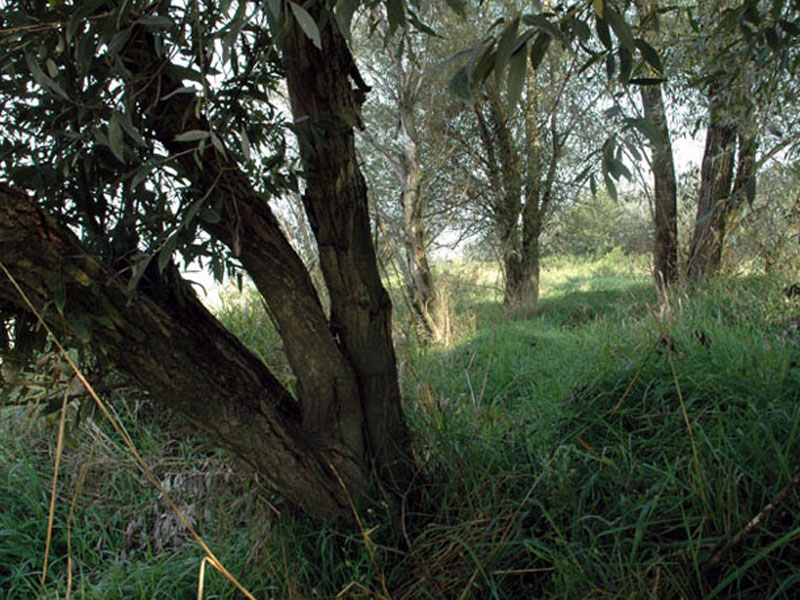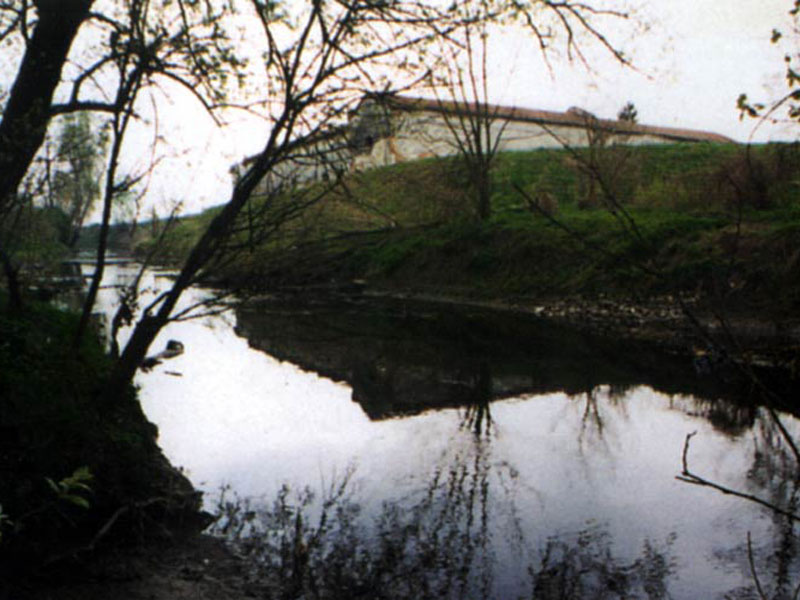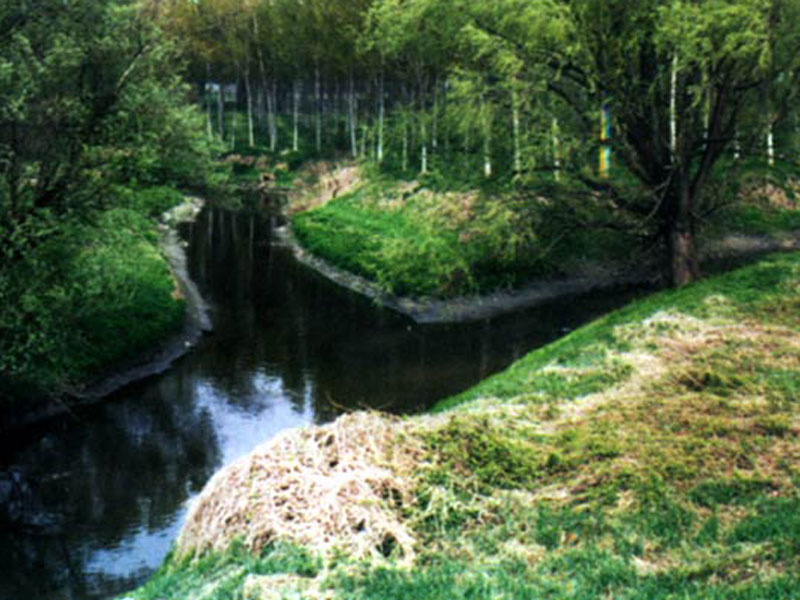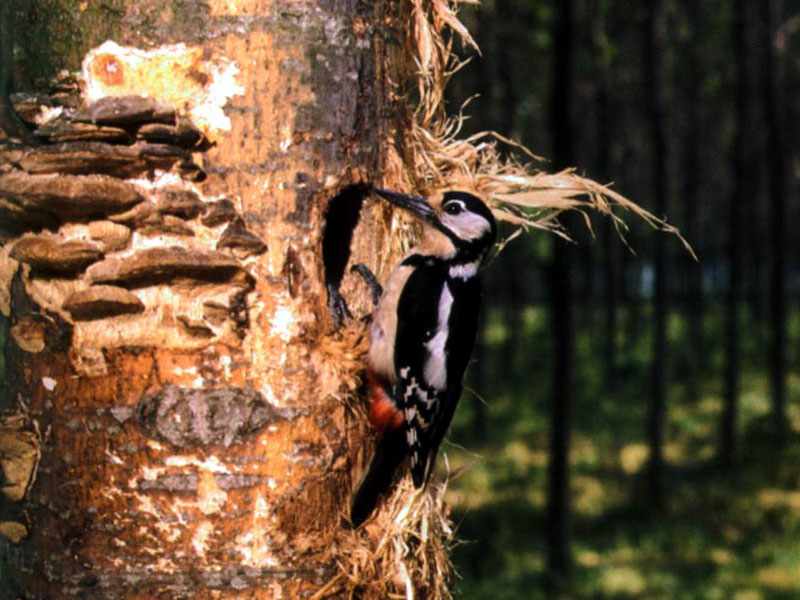Protected Area
Identity Card
- Land Surface Area: 500.00 ha
- Regions: Lombardia
- Provinces: Cremona
- Municipalities: Gerre Dè Caprioli
- Establishment Measures: DGR n. 44588 30/07/1999
- Park Authority: Comune di Gerre De' Caprioli
The Landscape of the Reserve
The current geomorphological aspect of the involved area is the result of the combination of alternating climatic events of different intensity which took place in the last millennia and have directly interacted on the hydrographic network.
The geological structure is given by the Po Plain basin (Alpine Homocline), characterized by strong sequences of marine and alluvial sediments subject to significant subsidence phenomena: generally the coarsest sediments (gravels and sands in the canals of the riverbed and of the immediately adjacent areas) consolidate also because of the weight given by the continuous sedimentary supply and are subject to less pressure than the slimy-clayey sediments of the interfluvial areas.
On the surface, the relief conformation becomes gently undulated near the watercourses, the paleobeds and the valley areas, depressed and more or less large, in the interfluvial areas. In the stretch interesting the Park, the river Po has an average width of about 250-300 meters.
The main canal of the River Po is delimited by important embankment works which have almost achieved their aim to stabilize the planimetric plan. The Park develops within the meandering strip of the River Po. The artificial banks represent a physical separation between the morphologically active areas (oxbow areas) and the passive ones (extra-oxbow areas).
The perifluvial areas are characterized by very reduced evolution dynamics which is strictly linked to the human activity. As a matter of fact, these areas are deeply influenced by centuries-old agricultural reclamation measures, infrastructural and water regimentation works.
Further information (Italian text)
Small Woodlands and Poplar Woodlands
Instead of an extended forest covering we find woodland stretches
developing in marginal lands and connecting to arboreal areas, both
poplar woodlands and forests.
The main species you can find in the area are widespread in the Po plain: the Common oak (Quercus robur), the English elm (Ulmus minor) and the White willow (Salix alba). A species of American origins, which has naturalized since centuries and is common in Northern Italy is the Locust tree (Robinia pseudoacacia).
The shrubs are generally well-developed and rich in species, like the edelberry (Sambucus nigra) and the blackberry bushes (Rubus caesius and Rubus ulmifolius). In the herbaceous stratum there are the Fig buttercup (Ranunculus ficaria), the Stickywilly (Galium aparine) and, in hygrophilous situations, various wood sedges and the summer snowflake (Leucojum aestivum).
The
arboreal-shrubby sections are a few meters deep and develop along the
countryside roads, the banks and the shores of the watercourses. Here
you will find the same species you find in the small woods, together
with poplars (Populus sp.pl.), field maples (Acer campestre), cherry trees (Prunus avium). There are also many naturalized species like the walnut tree (Juglas regia), the apple tree (Malus domestica), the white mulberry (Morus alba), or ornamental species like the Platanus hybrida and the American Acer negundo. The shrub stratum, developing at the shadow of the main species, consists of blackthorn (Prunus spinosa), dogwood (Cornus sanguinea),
blackberry bush and edelberry. Also liana and creeping species are
frequent and give a "wild" and tangled aspect to these miniature
forests.
The small woods, tree rows, and hedges of the Park are
sufficiently articulated to offer ideal conditions for many bird
species, whose representative species is the great spotted woodpecker (Picoides major).
Further information (Italian text)
The Watercourses
If we do not consider the river Po, the Park watercourses present the same environmental conditions: muddy and not very deep beds (from half a meter to one meter at the end of the summer) and weak or almost absent flow, conditions which favor a relatively rich aquatic vegetation. Where there is no current on the surface, thick carpets of duckweeds (Lemna gibba and L.minor) form. The thick vegetation of the river Po banks, of Morbasco and Cavo Morta conceals the nest of the mallard (Anas platyrinchos); in the same places the moorhen lives and reproduces (Gallinula chloropus). Another species which might settle in the Park is the black-winged stilt (Himantopus himantopus), a species spreading in the plain, which adapts to artificial wetlands like rice fields, settling basins of sugar factories and piggeries, flooded fields. Among the high vegetation covering the banks, the marsh warbler (Acrocephalus palustris) and the Cetti's warbler (Cettiacetti) nest.
The Uncultivated Wetlands
In the wettest soils, the dominating species are the wood sedges: this
vegetational typology can rarely be found along the whole course of the
river Po in the territory of Cremona. There are some species of great
botanic interest like the Summer Snowflake (Leucojum aestivum),
a protected species which cannot be picked up. It was rather widespread
in the Park at the beginning of the 1990s, in a peaty wet meadow whose
extension has been progressively eroded by inert material deposits and
reclamation activities.
Nowadays, some specimens still survive. Only
a few bird species choose the wood sedges and the uncultivated wetland:
the most typical ones are the fan-tailed warbler (Cisticola juncidis) and the yellow wagtail (Motacilla flava). These environments could house other interesting species like the reed bunting (Emberiza schoeniclus), present but not nesting in the area or the Montagu's harrier (Circus pygarcus), a big bird of prey reproducing in some wetlands along the river Po.
Along the river Po, where there are bank protection works, the Japanese hop (Humulus scandens) dominates often in pure formations excluding other species: it is an invasive species which is clearly spreading.
The Shores
The large gravelly and sandy shores at the edge of the Po watercourse
are periodically flooded and house ephemeral pioneer vegetation, since
the continuous rearrangement of the soil by the floods represents an
obstacle for the formation of permanent communities.
It is sparse
and a little varied vegetation characterized by annual species with a
short vegetational cycle and mainly hygro- and nitrophilous species,
that is linked to wet soils rich in nitrogenous substances. Where there
is a gravelly soil, the high permeability determines summer conditions
of extreme dryness, even if the water bearing layer lies at a few
decimeters of depth.
Allochthonous species with great ecological
value work as indicators of the disturb caused by the floods to the
shores. Of particular interest the Bidens cernua species, rare in the Po Plain, which can be found in the Park at the mouth of Morbasco.
Where stretches of shores are less subject to the floods, shrub willows
should grow in order to consolidate soils and begin a vegetation
stabilization. Not a long time ago the sandy or gravelly shores along
the river Po were places where several Charadriformes used to nest. The
access to the shores by vehicles and the predation by dogs, Corvids,
and yellow-legged gulls is causing the reduction of the colonies and of
the nesting couples. The yellow-legged gull (Larus cachinnans) has colonized the sandy shores and the foot of the slopes at the edges of the river Po.
The Banks
The main bank and the oxbow banks house a grassland-like vegetation on
the slopes, the intermediate terraces, and their highest sections
which, thanks to the regular mowing of the surface and to the lacking
in manuring, have the typical features of permanently barren meadows,
with several rare and interesting species.
While some species are common during the whole vegetative season, like Salvia pratensis, Agropyron repens, Galium mollugo,
it is possible to observe different aspects according to the season: in
spring, Graminaceae dominate. The extremely variability of the soil
enables to find wetland with Solidago gigantea and Stachys palustris adjacent to clearly dry stations with Ononis spinosa, Eryngium campestre, Arenaria serpillifolia: therefore, a considerable floristic richness, to the extent that about
40% of the Park flora grows along the banks. Among the most important
elements, we remind the orchid Orchis purpurea, a protected and very rare species in the plain. Other rare species for the plain are Festuca rubra, Bromus inermis, Carex tomentosa, Ajuga genevensis and Potentilla recta.
The
richness in species is preserved by the periodical mowing precluding
the evolution towards shrub and afterwards wood cenosis, as you can
observe in some points where hawthorn (Crataegus monogyna), blackthorn, locust tree and ash tree formations grow.
The
oxbow and bank meadows are also extremely interesting as far as the
avifauna is concerned, since they house species which in the past were
typical of the traditional countryside. In the most open environments
there are the skylark (Alauda arvensis) and the crested lark (Galerida cristata),
nesting on the soil. The same habitat is populated by the pheasant, a
species which easily adapt to the countryside, and the quail (Coturnix coturrnix).
In
the shrubs consisting of hawthorn and blackthorn there are some species
building their nest among the thorny branches, a shelter from
predators: the whitethroat (Sylvia communis), the red-backed shrike (Lanius collurio),
a small predator feeding mainly with crickets, grasshoppers and
beetles, which is in danger because of the reduction of its favorite
environments; the stonechar (Saxicola torquata), a small colored bird.



